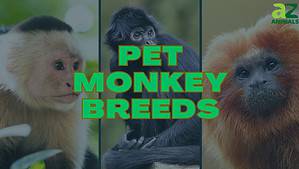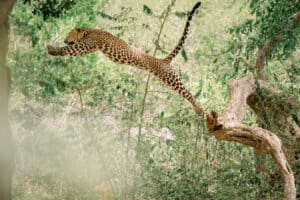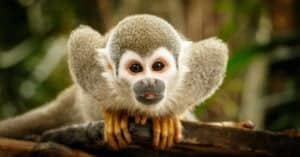Monkeys are highly social animals that form solid friendships and familial bonds. As a result, it isn’t uncommon to find troops of up to 50 individuals living together. Troops will often include one or two males and a few females of breeding age, as well as babies and young monkeys. These troops are also hierarchical, and individuals groom each other to maintain their bonds. They will also groom each other to reinforce social structures or to clean each other and remove parasites. Monkeys grooming each other is also a method to calm ruffled feathers and smooth over arguments.
Why Do Monkeys Groom Each Other?

Monkeys grooming each other has many goals such as bonding, hygiene, and climbing the social ladder.
©Jcwf from nl / Creative Commons – Original
The reasons for monkeys grooming each other are numerous, including:
- Maintaining social bonds
- Social ranking
- Endorphins
- Hygiene and health
Maintaining Social Bonds
Monkeys are highly social. For this reason, they tend to form powerful bonds with the various members of their troops. Grooming each other is a way to maintain and build relationships between different individuals. Grooming between a mother and her baby, for instance, teaches the baby to clean itself and to look for parasites. This behavior also helps the mother to form a closer bond with her baby.
Social Ranking
Individuals of lower ranks often groom higher ranking individuals. This grooming maintains the lower-ranking monkey’s status and proves his submission to the other monkey. Subordinate ranking monkeys may also groom others to move up the hierarchy.
Endorphins
Grooming releases hormones known as endorphins. Endorphins help to relieve pain and stress and to improve moods. Grooming also lowers the heart rate to calm individuals, making life in the troop easier.
Hygiene and Health
Monkeys do not take baths like people. Instead, grooming meets several essential hygiene purposes. For example, monkeys groom each other to remove dead skin, dirt, and leaves from each other’s fur.
Ticks, lice, and fleas are all parasites that monkeys aim to remove, kill, and perhaps also enjoy as tasty little morsels. Unfortunately, these pesky parasites can also carry disease, so monkeys keep each other healthy by removing them.
Grooming also acts like combing or brushing a monkey’s pelt. This action fluffs the coat, causing a surprising but necessary side effect. Fluffed-up fur insulates a monkey much better, keeping it cooler on warm days and warmer on cold days.
The Value of Social Touch
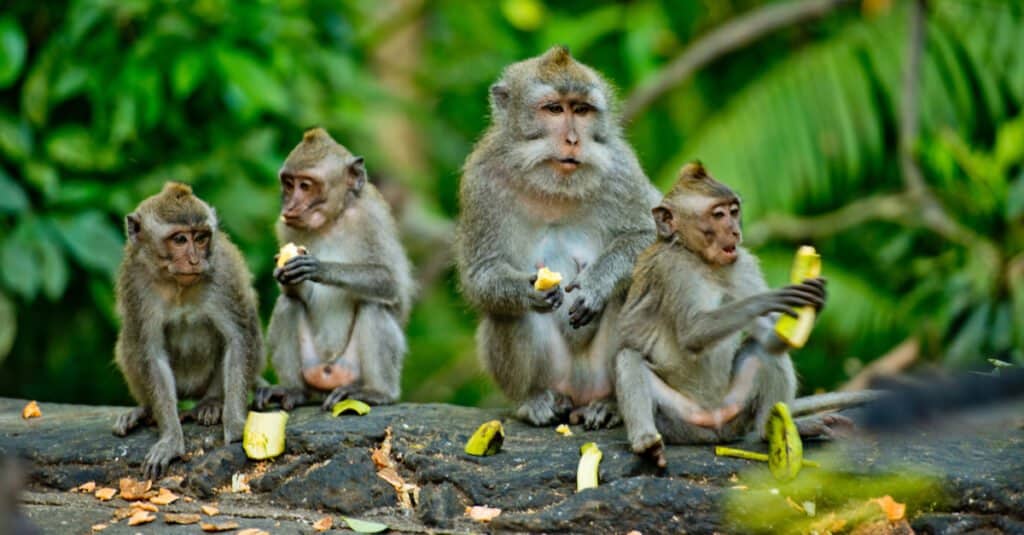
Pictures of monkeys grooming each other show social ranking, social touch, and many other behaviors. Likewise, eating together, playing, cuddling, and protecting their young form a vital part of their social structure.
©Leo_nik/Shutterstock.com
Social touch is the practice of touching individuals in various non-threatening ways. This conduct can include hugging, shaking hands, or even backslapping with people. This way of touching serves to build and maintain bonds between individuals.
In monkeys, social touch helps to maintain old bonds and establish new connections. Experts also see that social contact in monkeys helps maintain an individual’s social stability and the unity of the troop. Social touch also helps establish and repair social alliances and secure trust relationships.
Social touch is a pleasant activity that releases endorphins, a feel-good hormone. Individuals may also trade social touch for protection and other sought-after commodities. For example, monkeys will exchange social touch for the privilege of handling infants or looking after toddlers.
Social touch, like with people, is significant for a monkey’s development. Individuals deprived of social touch and interaction display various unwanted symptoms due to the lack of touch. This absence of affection can include lower fertility and high anxiety levels, ultimately leading to troop leaders kicking individuals out of the troop. Alternatively, these individuals may simply die from a lack of nurturing.
In many instances, individuals may trade grooming for the privilege of mating with a higher-ranking individual. Monkeys also use grooming as a commodity for acquiring food or even for obtaining protection from a bigger, more dominant monkey. Grooming also helps to establish and reinforce bonds between mates and allies.
Friend or Foe?
Monkeys form individual relationships, as researchers have observed throughout the world. Part of developing relationships is recalling past interactions with each other. For example, monkeys remember who has helped or hindered them in the past. So, naturally, they focus on building relationships with those who will help them in the future. Like people, their positive social conduct includes respect and friendship. So, they develop relationships with friendly ones, which will help them groom, look for food, look after infants, or support them in fights and cleaning their wounds. So, when monkeys develop positive relationships, they know who has their back in a time of need.
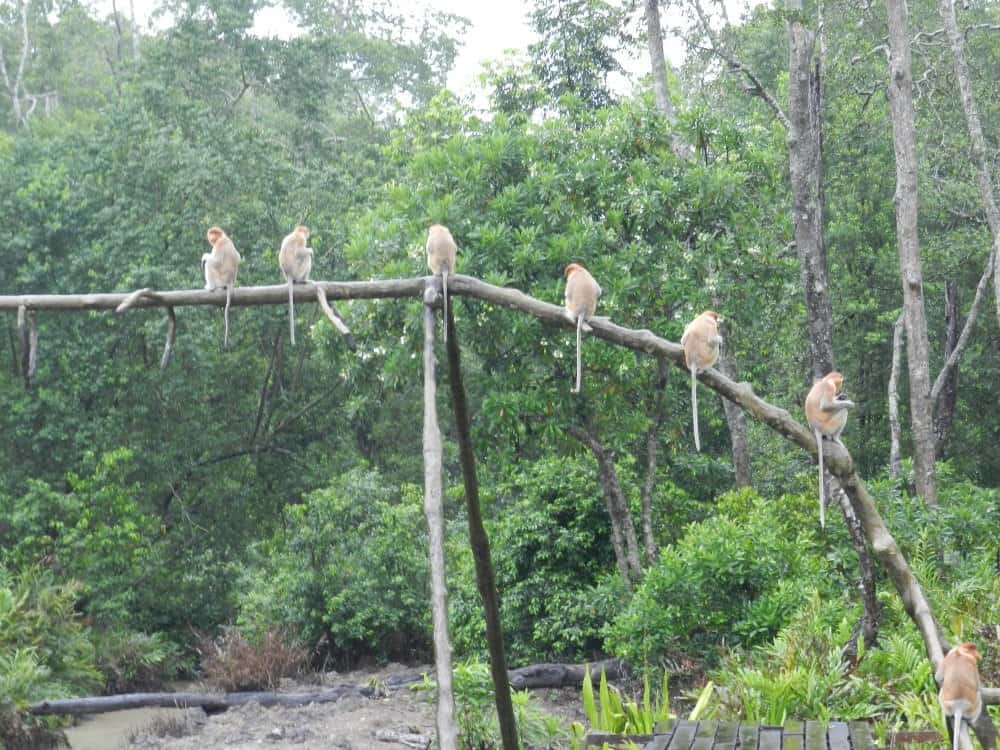
Monkeys grooming each other is a way to establish friends and foes because we all need support in the good times and the bad.
©Millie Bond – Copyright A-Z Animals
Types of Grooming
When you see pictures of monkeys grooming each other, it often just looks like they’re hunting for fleas. But there is so much more to these pictures behind the scenes. Mutual grooming refers to the act of two monkeys grooming each another. Allogrooming is a term that typically describes grooming among different monkeys.
Scientists have observed these behaviors for many years. And according to some studies, female monkeys who hang out with other females live longer. Social interactions reveal that these females groom, forage together, and help each other when necessary. Female monkeys strengthen their bonds with their grooming activities.
Moreover, allogrooming may be due to two social factors — kinship and familiarity. Females who are kin are more likely to groom and share food because they have a genetic reason to be nice to each another. Similarly, individuals are more likely to share resources with people they know well because they feel empathy toward each another. Allogrooming is not limited to nonhuman primates. Researchers who studied other species, such as dogs and sheep, discovered allogrooming was also a regular part of their daily lives.
Non-Exclusive Social Skill
Monkeys learn from their mothers at a young age that grooming is an essential social skill. This lesson is often the first of many regarding vital grooming and bonding. Moreover, grooming is such a necessary part of a monkey’s daily life that it will serve them well into their old age. Monkeys learn many social skills through grooming, which adds value to their lives.
Also, grooming isn’t confined to primates only. While it isn’t as prevalent in other species, it seems to be a behavior more associated with mammals. For example, dogs, cats, and even sheep groom each other. And with the grooming process comes harmony between these animals, supporting a happier existence.
The photo featured at the top of this post is © iStock.com/DejaVu Designs
Thank you for reading! Have some feedback for us? Contact the AZ Animals editorial team.




